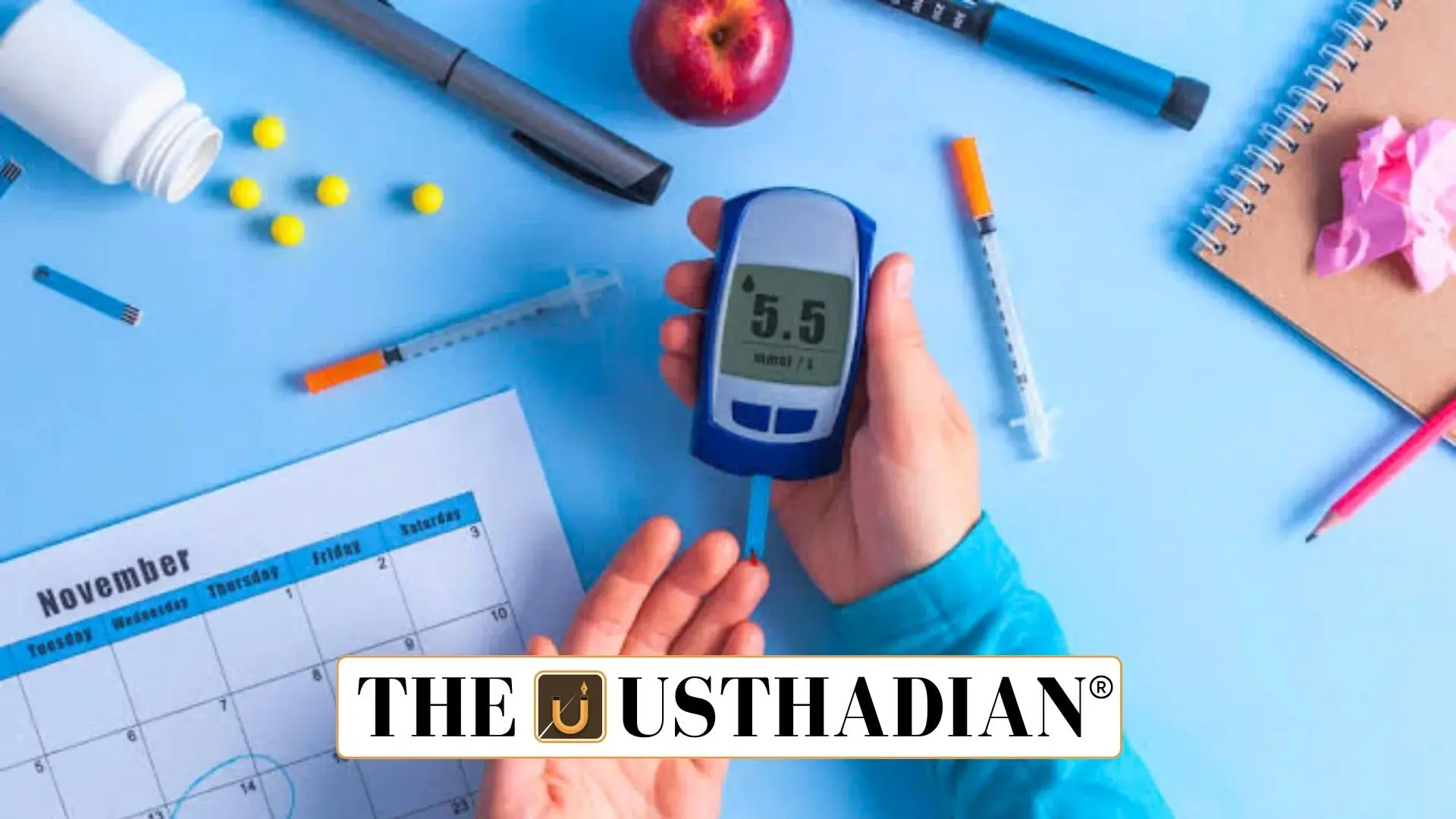A Global Health Shift: Type 5 Diabetes Acknowledged
Type 5 Diabetes Recognized as Distinct Condition by International Diabetes Federation: In a landmark move, the International Diabetes Federation (IDF) formally acknowledged Type 5 diabetes as a distinct condition during the World Diabetes Congress 2025 in Bangkok. This newly classified form of diabetes primarily affects malnourished individuals—a population that has long been overlooked in global diabetes management. The recognition marks a major turning point in healthcare policy and clinical diagnosis for millions suffering without proper classification or treatment.
What is Type 5 Diabetes?
Type 5 diabetes, also referred to in earlier studies as J-type diabetes, is a malnutrition-related form of diabetes. It typically affects lean adolescents and young adults in low- and middle-income nations, especially across Asia and Africa. Globally, an estimated 20 to 25 million people are believed to live with this underdiagnosed disease. Unlike Type 1, which is autoimmune, and Type 2, which involves insulin resistance, Type 5 is defined by a severe insulin secretion defect. This means that traditional insulin therapies could worsen the patient’s condition rather than help.
The Long Road to Recognition
The journey of Type 5 diabetes is decades old. It was first identified in 1955 in Jamaica and later reported in countries like India and Pakistan during the 1960s. The World Health Organization (WHO) initially acknowledged it in 1985, only to withdraw its classification in 1999 due to lack of sufficient global studies. With its re-emergence and scientific backing now, health experts are pushing for a stronger international framework to diagnose and manage it.
What Makes It Different?
Recent research has confirmed that standard insulin treatment, which is effective in Type 1 cases, can actually be harmful in Type 5 diabetes. This form of diabetes needs tailored management focused on nutritional rehabilitation and non-insulin-based therapies. The IDF has now launched a working group tasked with framing guidelines for diagnosis, treatment, and data collection. A global registry will also be created, helping medical institutions worldwide understand and track the disease.
Challenges and the Way Ahead
Despite affecting millions, Type 5 diabetes has been less recognized than tuberculosis or HIV/AIDS. The absence of formal classification meant that many patients remained misdiagnosed or untreated. The IDF’s new initiative will include training modules for doctors, help create awareness, and establish structured diagnostic criteria. This effort is expected to transform treatment protocols, especially in resource-poor settings.
Static GK Snapshot
Type 5 Diabetes Recognized as Distinct Condition by International Diabetes Federation:
| Category | Details |
| Condition Name | Type 5 Diabetes (Malnutrition-Related Diabetes) |
| Recognized By | International Diabetes Federation (IDF) |
| Recognition Year | 2025 |
| First Reported | 1955 – Jamaica (as J-type diabetes) |
| Estimated Global Cases | 20 to 25 million |
| Key Feature | Defect in insulin secretion (not insulin resistance) |
| Common Regions | Asia, Africa (Low & Middle-Income Countries) |
| Former WHO Recognition | Recognized in 1985, withdrawn in 1999 |
| New IDF Plans | Global registry, diagnostic guidelines, treatment protocols |








